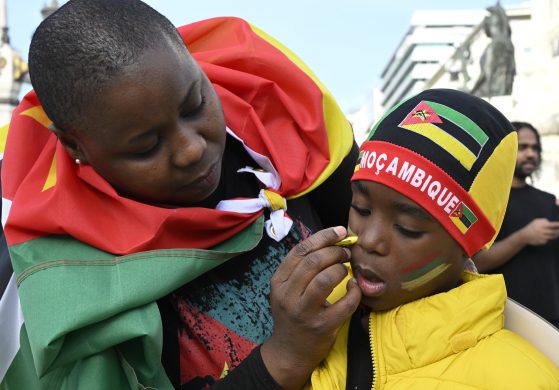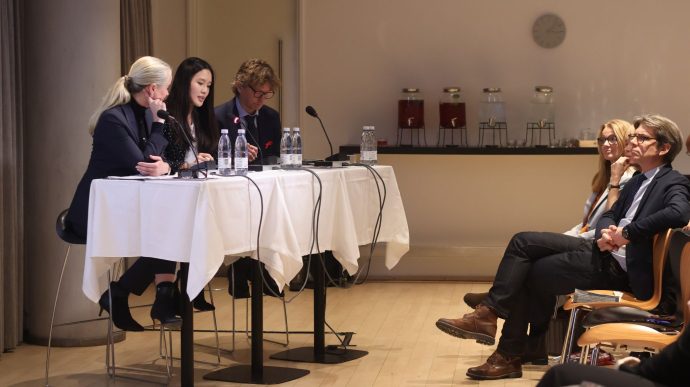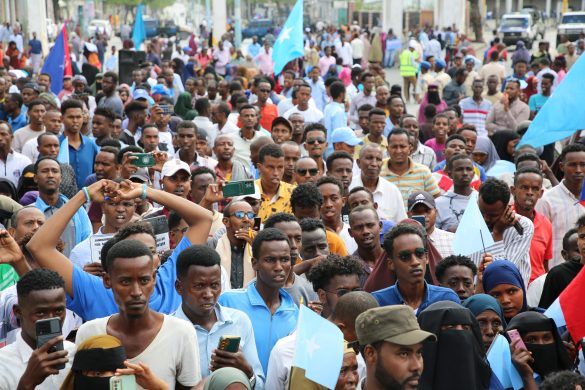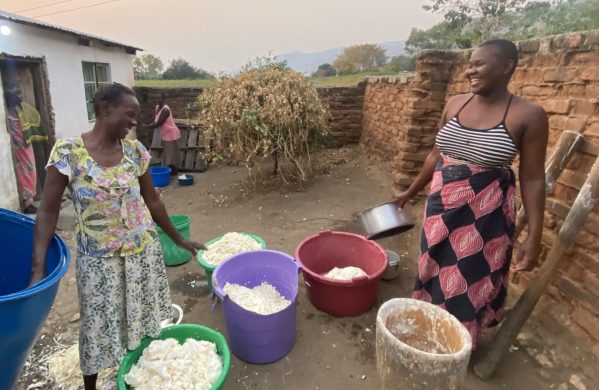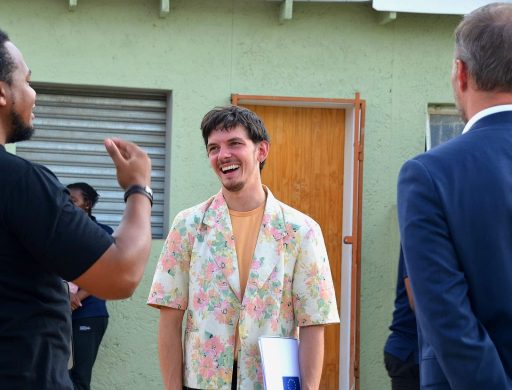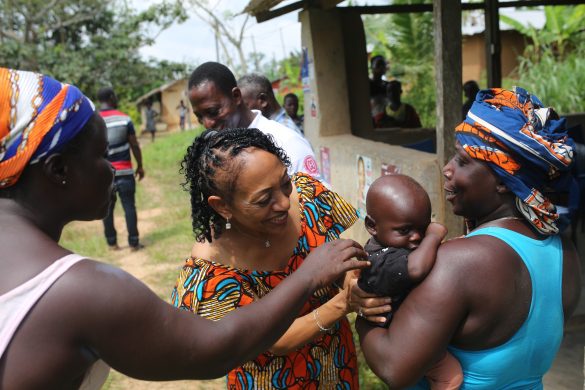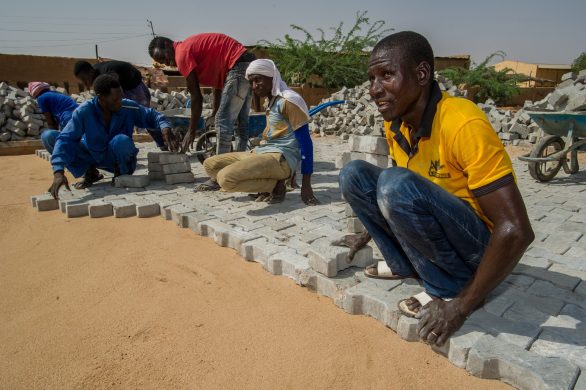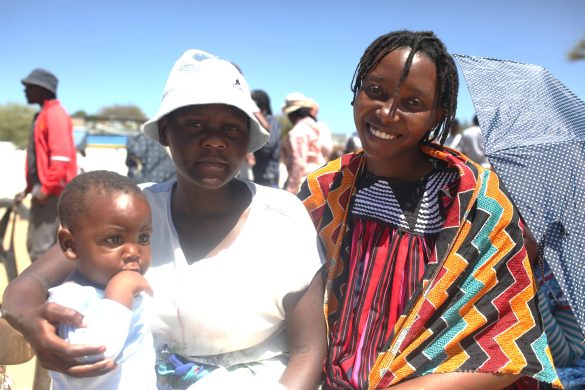World Bank Support for Malis Poverty Reduction Strategy
The First Poverty Reduction Support Credit (PRSC-1) marks the beginning of a series of annual operations aimed at supporting implementation of the Growth and Poverty Reduction Strategy Framework (GPRSF)
WASHINGTON, 6 March: The World Bank Tuesday approved an International Development Association (IDA) credit in the amount of 45 million US dollar (en kvart milliard DKR) to help Mali – Danidas nye samarbejdsland i Vestafrika – achieve the goals set forth in its Growth and Poverty Reduction Strategy Framework (GPRSF).
This document, submitted to Malis National Assembly in December 2006 as input for 2007 budget discussions, comprises programs grouped into three main areas:
1) infrastructure development and strengthening of the productive sectors, including food security, rural development, development of small- and medium-sized enterprises (SMEs), and sustainable natural resource management;
2) bolstering the structural reform program (composed of public sector reforms, the investment climate, the financial sector, governance, and civil society capacity); and
3) strengthening the social services sector (promoting job creation, expanded access to basic social services, and combating HIV/AIDS).
– The aim of the PRSC-I is to strengthen public finance management, stimulate growth, and expand access to basic social services, by focusing on activities divided among the following three components: public finance management, growth, and basic social services, explained Christina Wood, who heads the program at the World Bank.
The public finance management component revolves around strengthening: (a) links between the GPRSF and the macroeconomic and budgetary frameworks; (b) budget execution monitoring mechanisms; and (c) the procurement system.
The growth component emphasizes measures involving the financial, private, transport and transit facilitation, electricity, and cotton sectors, as well as the Office du Niger irrigation zone. The basic social services component focuses on health and social development as well as rural water supply.
The operation will help finance the 2007 budget, which pursues the objectives set forth in the GPRSF. It will encourage key economic, social, and institutional reforms with a view to strengthening the overall performance of the economy, stimulating growth, and reducing poverty.
Implementation of the PRSC-1 will contribute to closer monitoring of public finance management and the procurement system, and to enhancing the efficiency and effectiveness of public sector spending.
The PRSC-1 will boost private sector-led growth by lowering the administrative and financial costs of doing business and by streamlining the regulatory framework and costs associated with business startup and the export of artisanal products.
In the agricultural sphere, the operation will help lay the groundwork for more robust medium-term performance and growth in the cotton sector and the Office du Niger irrigation zone.
In the case of basic social services (health and rural water supply), the PRSC-1 will strengthen links between the strategy and the budget and will lay the foundation for improved quality of service delivery.
Over the medium term, the operation will help lower transport and transit costs by ensuring regular road maintenance and streamlined customs procedures for the private sector (thus saving both money and time). The PRSC-1 will lower the cost of financial services (and therefore expand access to credit) by clearing the non-performing debt of banks.
It will also expand access to long-term resources, essential for stimulating private sector-led growth by brightening prospects for institutions with long-term assets, whether financial (pension funds, housing bank, insurance companies) or physical (leasing companies).
As a result of the market-oriented economic and broad-based political reforms that have been adopted over the past twenty years and have fueled private sector activity and strengthened civil society participation, the gross national product (GNP) has surpassed an annual average of 5 percent since 1994, the year the CFA franc was devalued.
Per capita national income rose from 240 dollar in 1994 to 380 dollar in 2005, an annual average increase of 4 percent, reflected in lower levels of poverty and inequality.
Christina Wood stated: – As with other low-income countries, administrative capacity is weak. Mali needs a robust social, structural, and macroeconomic program to strengthen past gains, in order to sustain broad-based growth, strengthen further its market orientation, and forge ahead with the poverty reduction program.
The Malian economy nevertheless remains fragile, owing to its vulnerability to rainfall levels and fluctuations in commodity prices (mainly cotton, oil, and gold).
The economy is dependent on agriculture and gold production, and exports are heavily titled toward gold and cotton – together they account for 90 percent of export earnings.
Mali, a landlocked Sahelian country, faces challenges linked to its underdeveloped infrastructure and transport services, as well as the prevailing political and economic situations in neighboring countries.
The failure to resolve the Ivorian crisis (krisen i Elfenbenskysten) continues to cast a pall on the business climate, particularly on road transport and investment prospects.
More detailed information on the work of the World Bank in Mali on
www.banquemondiale.org/mali
Kilde: www.worldbank.org




